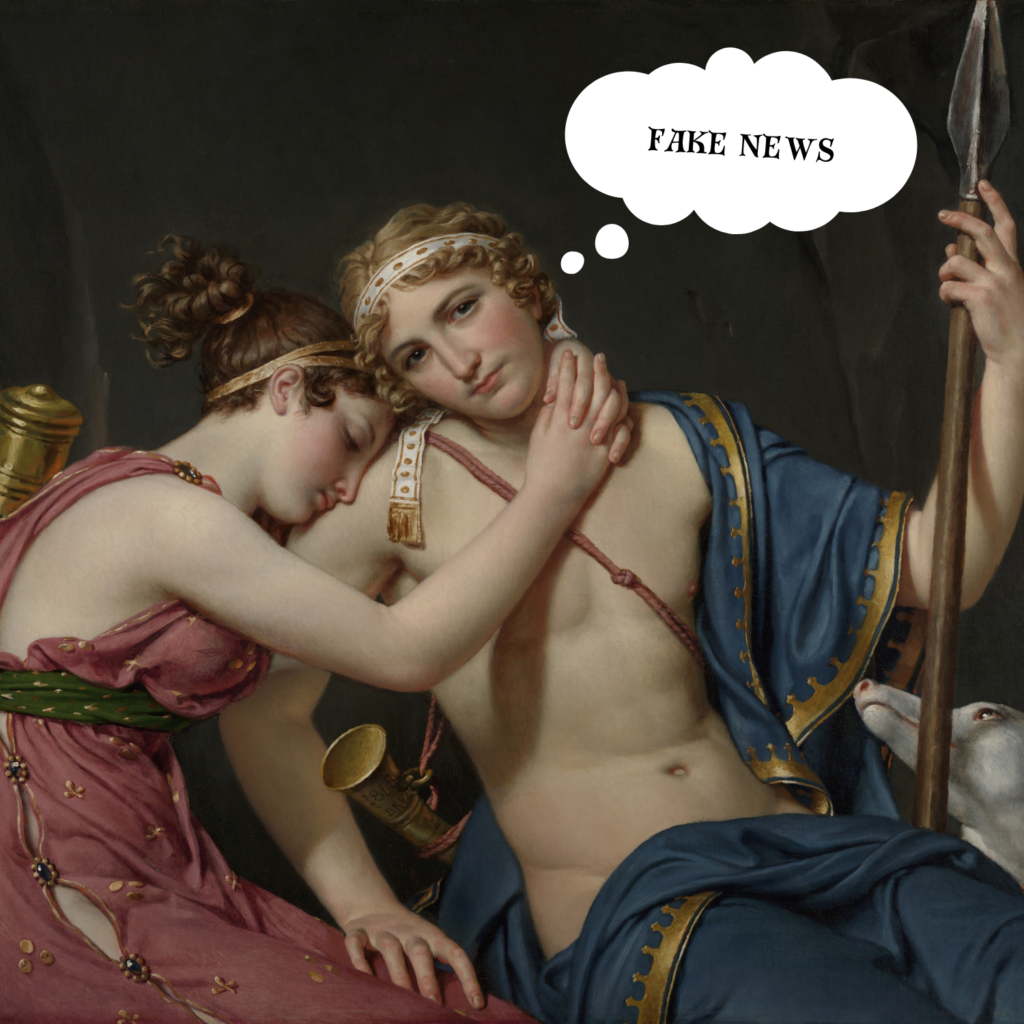You probably don’t think of yourself as a thought leader.
Most people don’t.
We hear “thought leader,” and our brains immediately flip through a mental Rolodex of best-selling authors, speakers whose TED talks garnered millions of views, and top LinkedIn voices with hundreds of thousands of followers.
Of course, they are thought leaders—but they aren’t the only ones. Just like Grammy nominees aren’t the only great singers, and Olympians aren’t the only great athletes.
If you’re smart (and you are), and if you have wit and wisdom to share (and you do), then you have the makings of a thought leader.
What you need to do now is put yourself—and your perspectives—out into the world.
So what’s stopping you?
It could be one or more of these four myths about thought leadership content and what “makes” someone a thought leader…
Myth 1: Bold Takes Are Inherently Controversial
Plenty of thoughtful leaders with deep subject matter knowledge shy away from the mere idea of thought leadership. Why? Because they think being outspoken about their opinion inherently means they have to be controversial.
Most people don’t actually want to be controversial. They would rather avoid conflict than create it, personally and professionally.
But not every bold take is a head-first dive into controversy.
“Truth bombs” aren’t the only way to speak your truth.
Fingerpointing isn’t the only way to direct an audience’s attention.
Some of the most influential thought leadership content is crafted by experts who bring compassion, humility, and mindfulness to the table. But, crucially, they are still willing to share their own opinions. They’re willing to have others disagree. And they’re willing to engage in dialogue around those disagreements.
Thought leaders earn attention by inviting others to consider a new idea, a fresh perspective, or a novel approach.
Controversy for controversy’s sake is little more than noise. Genuine thought leadership content leaves a lasting impression by educating, inspiring, and clarifying the audience.
Your tone matters. Your word choice matters. Your unique way of connecting the dots to reveal a bigger picture matters.
You can do all that—boldly—without creating unnecessary drama.
Myth 2: Nobody Reads Anymore
“No one will read that.”
If you’ve heard it once, you’ve heard it a million times.
Your audience is educated executives, big business owners, or industry experts.
You engage with them on sophisticated, complex topics.
You send them deep-dive analyses, complicated reporting, or 50-page roadmap documents.
But “no one” will read an 800-word blog post that speaks directly to their problems?
Content doesn’t get overlooked because “nobody reads.” People ignore content that isn’t worthy of their attention. And these days, there’s a lot of content that falls into that camp.
If your content provides value to a potential customer, they’ll consume it.
You may need to experiment with the format, the length, the platform, and even the medium. But you can go ahead and reject the myth that all the readers have gone extinct. Instead, focus on reaching the right readers with the right content.
*It’s true that not all people consume content the same way. For a deeper dive on the different types of readers, check out this resource from CopyHackers.*
Myth 3: Only Brand New Ideas Are Worth Sharing
Is any idea truly original?
There’s this quote, “nothing new under the sun.” At first, it seems intimidating. There are no (or at least, very few) brand new ideas coming into the world today.
Pick up any business book. Then pick up 10 more. You’ll find a lot of the same concepts. Best practices are best practices for a reason.
But one of those business books is more likely to resonate with you. It might be the author’s point of view, the way they share stories, or their approach to explaining concepts. That book will stand out, and you’ll take more from that book than you will from the others.
That’s the potential inside thought leadership. It’s not about saying something nobody else has ever said before. It’s about saying something in the way that only you can say it. For a specific group of people, yours is the voice they need to hear.
If you’ve held back from sharing your ideas because they’re not “new” or unique enough, it’s time to let that go. Thought leadership isn’t about blowing people’s minds with a brand new idea.
It’s about making people reconsider something in a way that truly shifts their perspective.
Myth 4: The Audience Makes the Thought Leader
It’s hard to feel like you can lay claim to any title of “thought leadership” if you don’t have much of an audience.
But thought leadership isn’t bestowed on you by an outside source.
Thought leadership is a role you claim by doing the work. It starts with you and what you’re willing to share with the world. You don’t need anyone’s permission to begin.
Of course, the point is to connect with an audience, and over time, you’d probably like that audience to grow. But you earn the audience by being a thought leader, not the other way around.
At first, you may not know quite where you’re going. You may not have anything “new” to say. You may not know who you’re talking to quite yet. (We can help with that.)
But absolutely nothing is preventing you from showing up and sharing your story anyway.
Isn’t that liberating?
Truth: You Don’t Have to Do It Alone
If you’ve already started your thought leadership journey, we’re here to help.
If you’re curious about creating thought leadership content for the very first time, we’re here to help.
If you’re terrified by the very thought of sharing your story, we’re here to help.
Every Little Word exists to share great ideas with the world. All you have to do is bring your ideas to our team. Share the bold idea. Tell the true story. Reveal the opinion you’ve been holding back.
We’ll take care of the rest.



